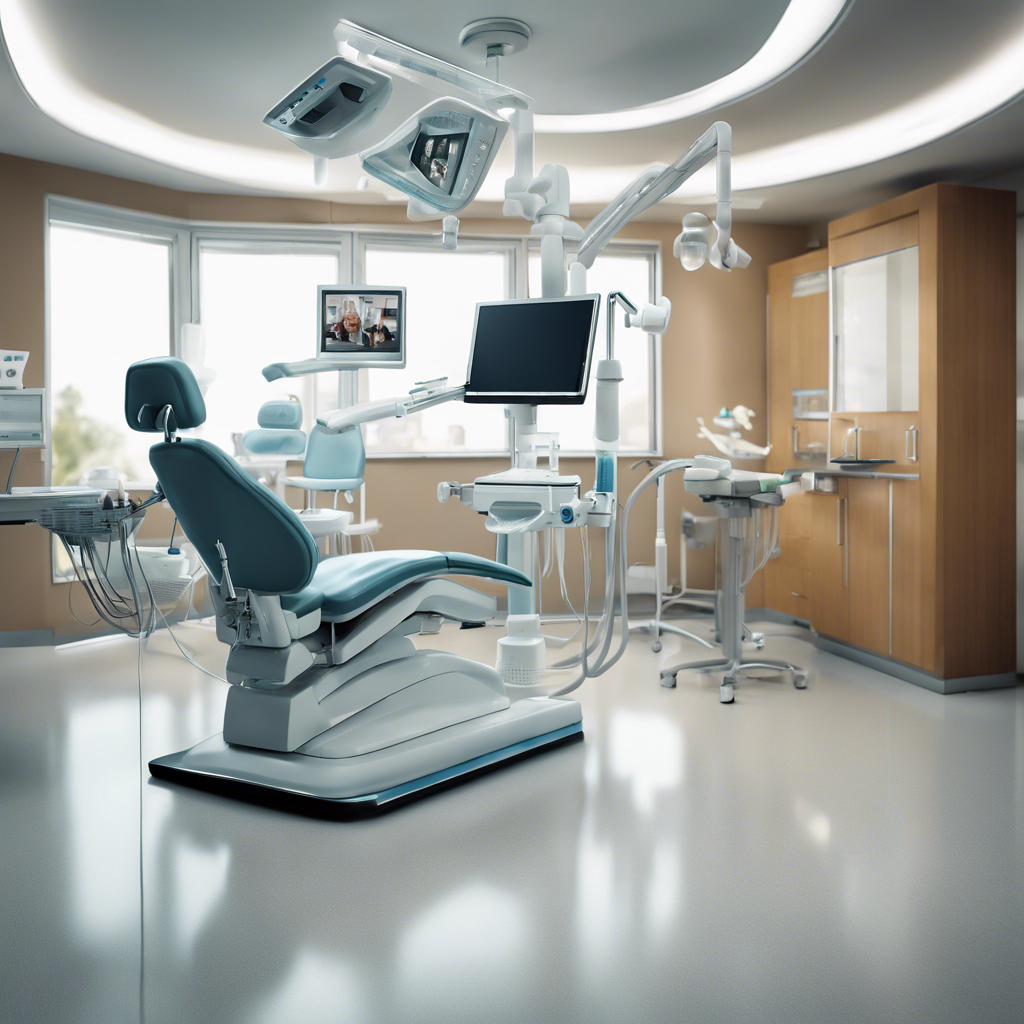Unveiling the Secrets of Clean Air: A How-To Guide for Improving Indoor Air Quality in Small Dental Offices
- Jeffery Gauthier
- Jul 21, 2024
- 2 min read
Updated: Jul 31, 2024
In the fast-paced world of dentistry, ensuring the well-being of both patients and staff is paramount. One often overlooked aspect of this is the quality of the air we breathe within dental offices. The importance of maintaining good indoor air quality cannot be overstated, especially in small dental practices where space may be limited.
The Air We Breathe: Why Indoor Air Quality Matters
Before delving into the nitty-gritty of how to conduct an indoor air quality audit for small dental offices, let's take a moment to understand why this is so crucial. Poor indoor air quality can lead to a myriad of health issues, ranging from respiratory problems to allergies and even more severe conditions in the long run. Given the nature of dental procedures and the chemicals involved, ensuring clean and fresh air is essential for the health and comfort of everyone in the office.
Step 1: Getting Started with the Audit
To kick off the indoor air quality audit journey, start by examining the existing ventilation system in your dental office. You will want to determine ERP (exam room pressurization) in order to identify pollutant pathways. Check for any signs of poor air circulation, mold growth, or accumulated dust in the ducts. These could be indicators of ventilation issues that need to be addressed promptly.

Step 2: Identify Potential Pollutants
Next, identify potential indoor air pollutants that may be affecting the air quality. These can include volatile organic compounds (VOCs) from dental materials, chemicals from cleaning agents, and even bacteria or mold spores. Regularly inspecting the office for any sources of contamination is crucial for maintaining a healthy environment.
Step 3: Implement Solutions
Once you've identified the problem areas, it's time to take action. Invest in high-quality air purifiers with HEPA filters to remove particulate matter from the air. A key takeaway here is learning fundamentals of filtration; remember you get what you pay for. Ensure proper ventilation throughout the office, especially in treatment rooms where pollutants may be more concentrated. Additionally, consider using low-VOC materials and non-toxic cleaning products to reduce the overall chemical burden on indoor air quality.
Step 4: Monitoring and Maintenance
Lastly, regular monitoring and maintenance are key to sustaining good indoor air quality in your dental office. Schedule periodic air quality assessments and follow-up audits to ensure that the implemented solutions are effective. Educate your staff on the importance of proper ventilation and cleanliness to create a shared responsibility for maintaining a healthy workplace environment.
Final Thoughts: Breathing Easy in Your Dental Office
In conclusion, conducting an indoor air quality audit for your small dental office is a proactive step towards safeguarding the health and well-being of everyone in the workspace. By following the steps outlined above and staying vigilant about potential air quality issues, you can create a conducive environment that promotes both physical health and overall productivity. Remember, clean air is not just a luxury - it's a necessity!
So, take a deep breath, embrace the journey towards cleaner air, and let your dental office be a place where health and wellness go hand in hand.
Let's Breathe Better Together!
Jun 21, 2022, by Indoor Air Geek




Comments